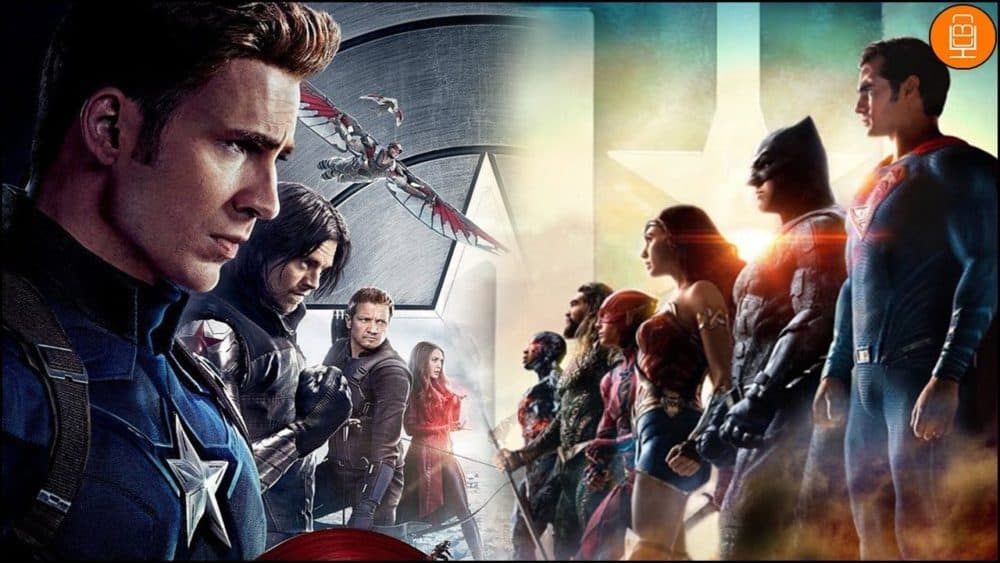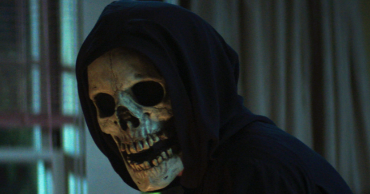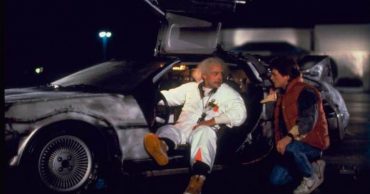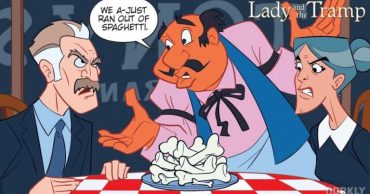
The popular discourse surrounding superhero movies by and large seems to be one of disbelief. People can’t believe how many of these movies we’re getting each year. People can’t believe how long the current cycle has gone on in Hollywood. People can’t believe how obscure some of the source material for these movies are starting to get (I mean, come on, Guardians of the Galaxy? Black Panther? Seriously?).
And, for my part, I can’t really bring myself to believe that these are the things that people are singling out to gripe about. We get maybe half a dozen superhero movies released theatrically every year, about half of which are centered around a single mega-franchise (the MCU). So in 2018, we got Black Panther, Avengers: Infinity War, Ant-Man and the Wasp, Incredibles 2, Deadpool 2, Spider-Man: Into the Spider-Verse, Venom, Aquaman and Teen Titans Go! to the Movies: 9 movies divided across four companies (Disney, Fox, Sony and Warner Bros). That’s barely a tick when compared to the heyday of the Western, which (at least from my cursory survey) included more than 200 in the 30s, more than 800 in the 40s and approximately 600 Spaghetti Westerns made in Italy between 1960 and 1978. And when you consider that Disney’s pending merger with Fox will take the non-MCU X-Men, Deadpool and Fantastic Four movies out of the equation, we’re likely to get less superhero movies each year starting in the near future, not more.

The current cycle of superhero movies (which can generously be said to have started with the release of X-Men in 2000) has gone on for about as long as the post-Psycho (1960) giallo cycle (which began in the early sixties and continued through the mid-eighties) or the post-Halloween (1978) slasher craze (which began in the late seventies and carried on through the late nineties). In fact, that latter trend saw some three hundred slashers movies released during its first decade. Twenty Marvel movies spanning that same amount of time just somehow doesn’t have the same effect.
And as soon as you stop and think about it for a little bit, the wild west days of the superhero boom have more-or-less ended. Sure, Warner Bros is still scrambling to get its act together with its reactionary DCEU mega-franchise and Sony’s still holding onto a handful of Spider-Man movie rights. And, yes, there’s talk of comic publisher Valiant and Spawn creator Todd McFarlane throwing their hats into the ring. But at the end of the day, it’s all pretty well settled by now.
The West has been settled. The railroad’s come to the Frontier.

I like to think that it was when Marvel finally got Spider-Man back into the MCU, leaving only them, the DCEU and the XCU to duke it out in the ring. History will likely show that the final nail in the coffin was the pending Disney-Fox merger, which finally saw Marvel reacquire all of its remaining outstanding properties. Either way, all that will soon remain is Marvel (a critical and popular success), the DCEU (constantly scrambling to catch-up with the aforementioned genre king) and whatever in-name only Spider-flick Sony limps along to the box office with every now and again.
The astronomical cost of buying into the big-budget blockbuster game are the kind of gatekeeper that seemingly similar boom-bust genre cycles didn’t have back in the day. Horror movies are notoriously cheap to produce and relatively profitable at the box office: Slashers doubly so for distilling the broader genre down into its most cost-effective and marketable components. Pretty much anybody could make a Western with enough ten gallon hats and cap guns, setting up a similar low barrier to entry with high profit potential.

Superhero movies are different, though. Sure, they made the first Deadpool (2016) out of shoestrings and lint, but that was based on an incredibly popular (and incredibly expensive) franchise that came lumped in with the X-Men rights. As a general rule, though, the rights to all of the popular franchises have been bought up and bundled into pre-packaged cinematic universes and the cost of giving actors laser eyes or making them fly is beyond what any mid or small-sized studio can possibly afford to do. The limitations imposed by expensive CGI and proprietary characters will keep competition low: likely to just the “big two” that have dominated the comic industry for the better half of a century and the occasional indie upstart.
In other words, 3 or 4 Marvel movies, 2 or 3 DC movies and the oddball out of left field are about as many superhero movies we can expect from Hollywood. By 2020, all of Marvel’s comic characters will be housed under one roof, Flashpoint will have hopefully streamlined the DCEU and its non-canonical peripheries into a single, marketable mega-franchise and any vestigial third-party player will be relegated to the kiddie table. The scene will have settled into its principle players, none of which could possibly produce enough content to run the genre into the ground per what happened to the Western, Slasher or even Musical.
It’s time to just face it: superheroes are here to stay.
 Follow Us
Follow Us





